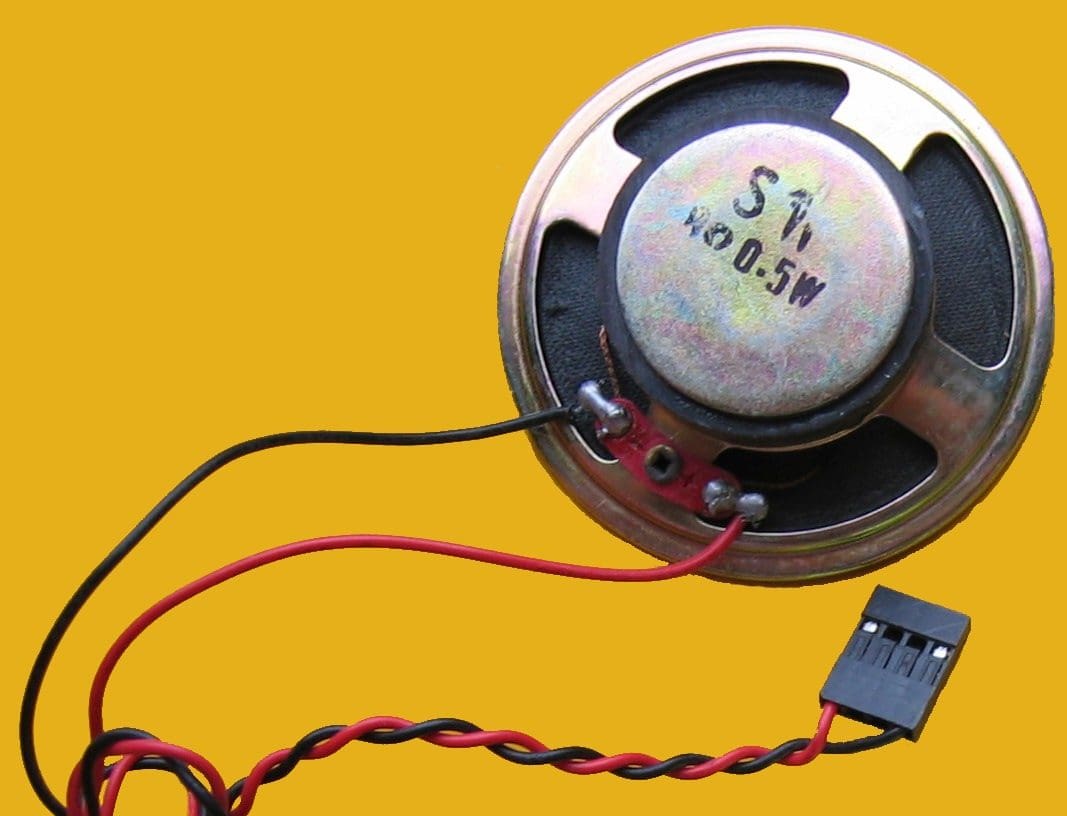Some computers make a single electrical beep tone when they boot up.
This beep used to be very common but has become much less so in modern computers.
The beep is generated by the Internal Speaker or PC speaker.

The internal speaker was introduced by IBM with its original personal computer in 1981.
It was attached to the motherboard by a pair of short wires but could produce basic sound.
Typically this would be limited to tones.
This was partly because it couldnt make good enough audio quality for music or speech.
It was also because early software was minimal, and there was no digital music to play.
The internal speaker, therefore, plays one of a selection of tones.
These tones can be decoded by consulting the motherboard manual to identify the problem.
The single short beep was generally indicative of no problem.
It was hence heard when the computer would almost always successfully boot.
Software on the computer was able to access and utilize the internal speaker.
This was often used for simple error tones.
However, some applications, especially computer games, took this further.
By using pulse width modulation, it was possible to make the speaker play notes it couldnt otherwise play.
This was utilized to make basic music and even speech.
There was even a DOS virus that made use of the internal speaker.
Then after a few seconds, the virus would close, allowing the user to continue using the computer.
Pulse Width Modulation
The internal speaker was designed to only reproduce square wave signals.
The software utilized the speaker because it was directly accessible on an I/O port.
It was capable of playing one-bit audio, that is, two possible outputs, tone and no-tone.
This pulse width modulation is a crude example of a digital to analog converter.
Audio quality was generally minimal.
Alternative methods for communicating POST error codes were also developed.
Some motherboards also use a set of LEDs to indicate components that have passed their POST checks.
Most motherboards still support the internal speaker.
Its intended to provide POST debugging tones.
However, it is often only heard making a single beep on a successful POST.
Most computers now lack an internal speaker by default.
However, it is generally still supported with empty headers on the motherboard.